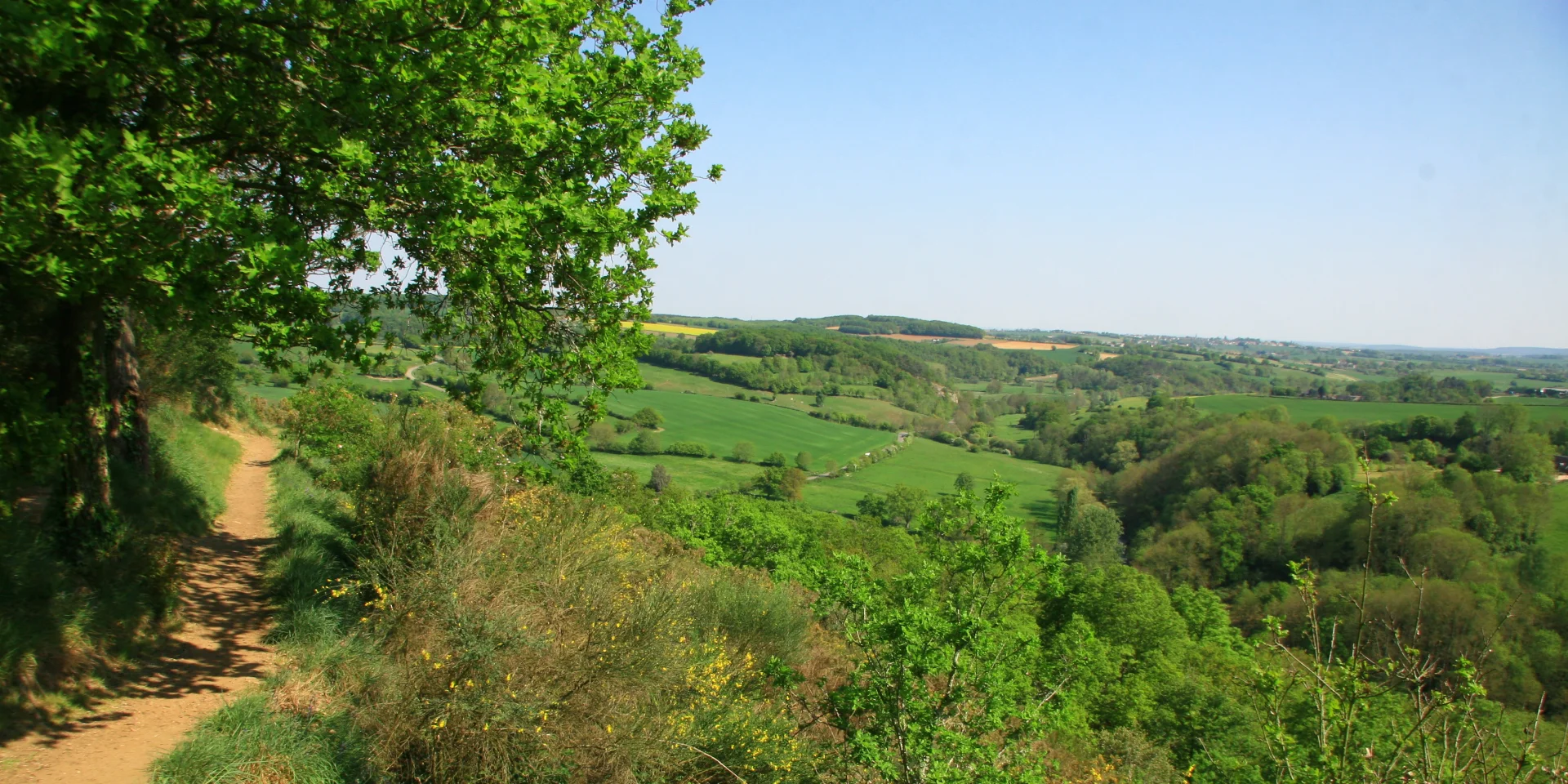Distance89 km
DifficultyMedium
Duration5 days
 St Leonard Rando Du Pnr 17 04 11 67
St Leonard Rando Du Pnr 17 04 11 67 Beaconing Retouche Grp
Beaconing Retouche GrpThis trail is fully signposted in both directions according to the standards of the Fédération Française de Randonnée Pédestre. On the western and southern sections, it follows the GR 36, marked in red and white. On the northern section, it follows the GR235, also marked in red and white. On the eastern side, it’s the link between the two that “closes” the GRP loop, and is marked in yellow and red.